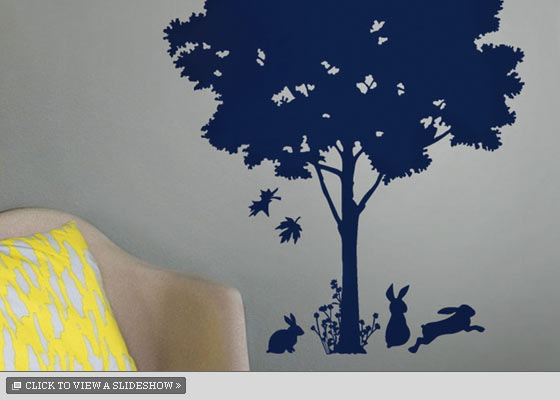
When Etsy, the Brooklyn-based online marketplace for all things handcrafted, launched in 2005, it sounded like another small-time, doomed-for-failure venture trying to capitalize on homespun hipsterism. Why not just sell and buy stuff on eBay, like the rest of the world? And who wants to buy other people’s crocheted pot holders, anyway? Hah. By 2008, Etsy’s sales had reached $87.5 million. And to its 2.1 million registered users, Etsy is much more than a virtual warehouse. Etsians, as regular buyers and sellers call themselves, want to live in a handmade world, from the clothes they wear to the forest-life stencils on their walls. They want to know that the person who made their hand-hammered ring is named Stephanie and lives in Forest Hills. Etsy is as much social network as e-commerce site. Buyers and sellers are encouraged to communicate and to find each other through their “favorites.”
The Etsy lifestyle has a recognizable aesthetic, which looks remarkably like that of skinny-jeans-wearing, Slow Food–eating, bike-commuting hipsters. The site has pushed this aesthetic global; its vendors represent 150 countries.
Etsy merchandise falls into one of three categories: handmade goods, vintage (twenty years old or more), and craft supplies (glass beads, clasps, knitting needles, clock gears).
Etsy charges 20 cents to list an item and takes 3.5 percent commission on each sale. Other than that, there are few restrictions in the Etsy universe, which means there can be a lot of junk to wade through. A couple of rhinestones bedazzled onto a ready-made T-shirt doesn’t seem on par with a handcrafted silver money clip, for example. So we asked Shana Tabor, proprietor of the retail mini-chain In God We Trust and fan of the site, to select her favorites from local Etsy shops.